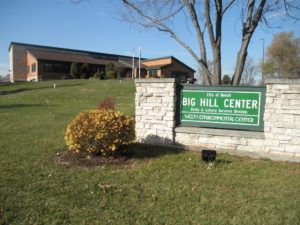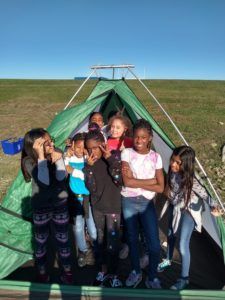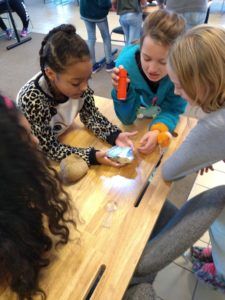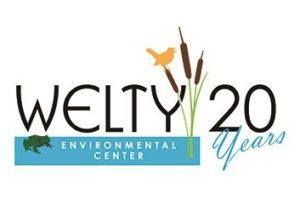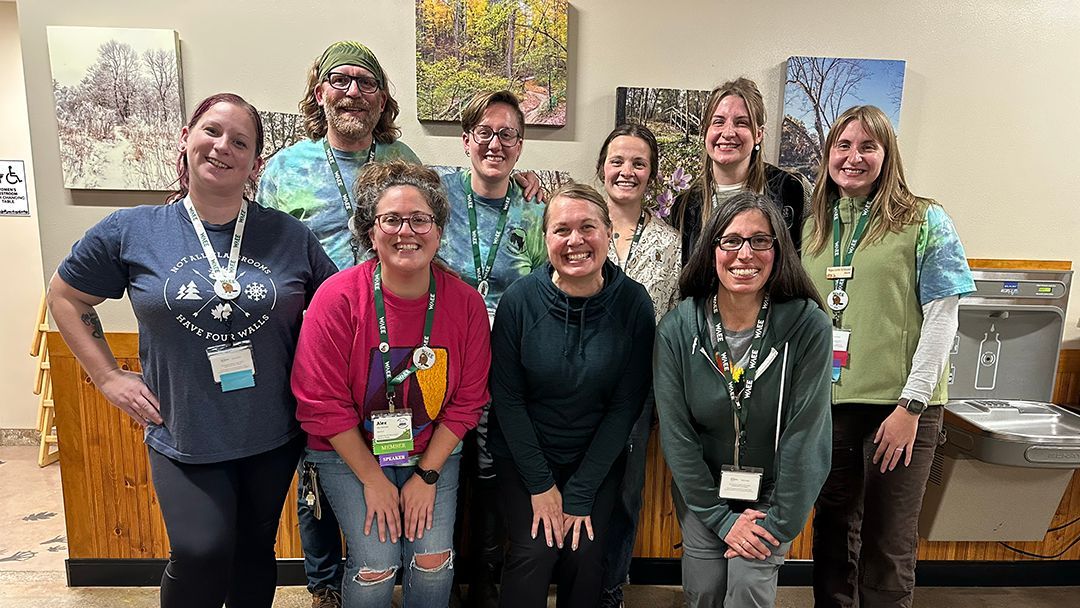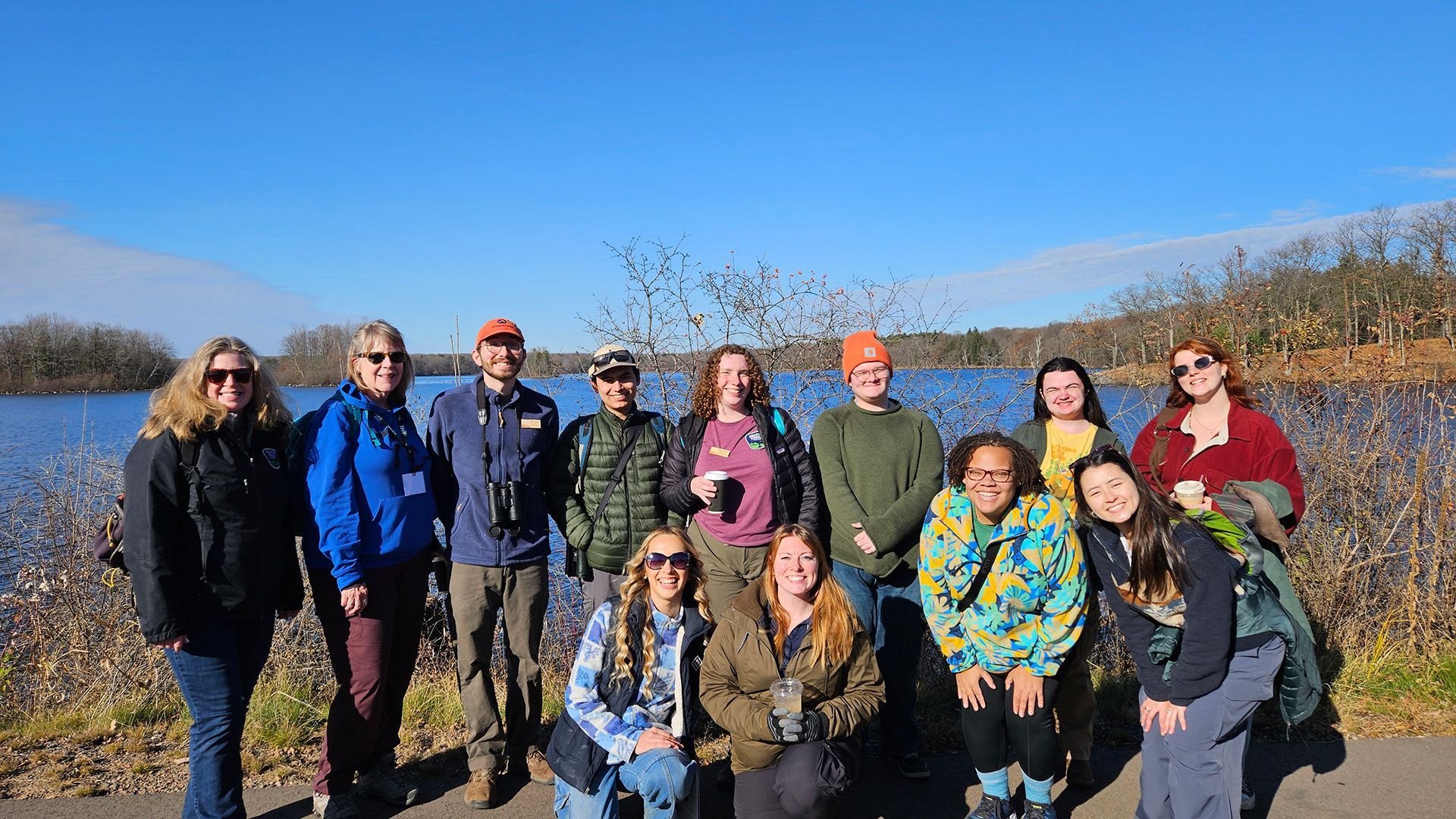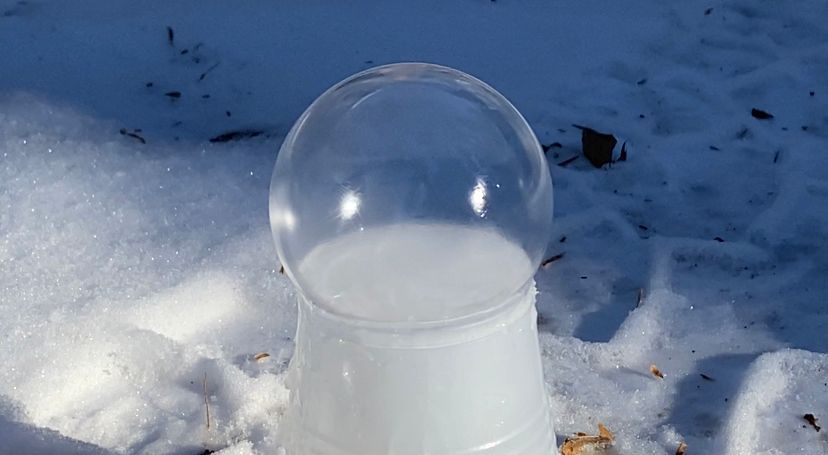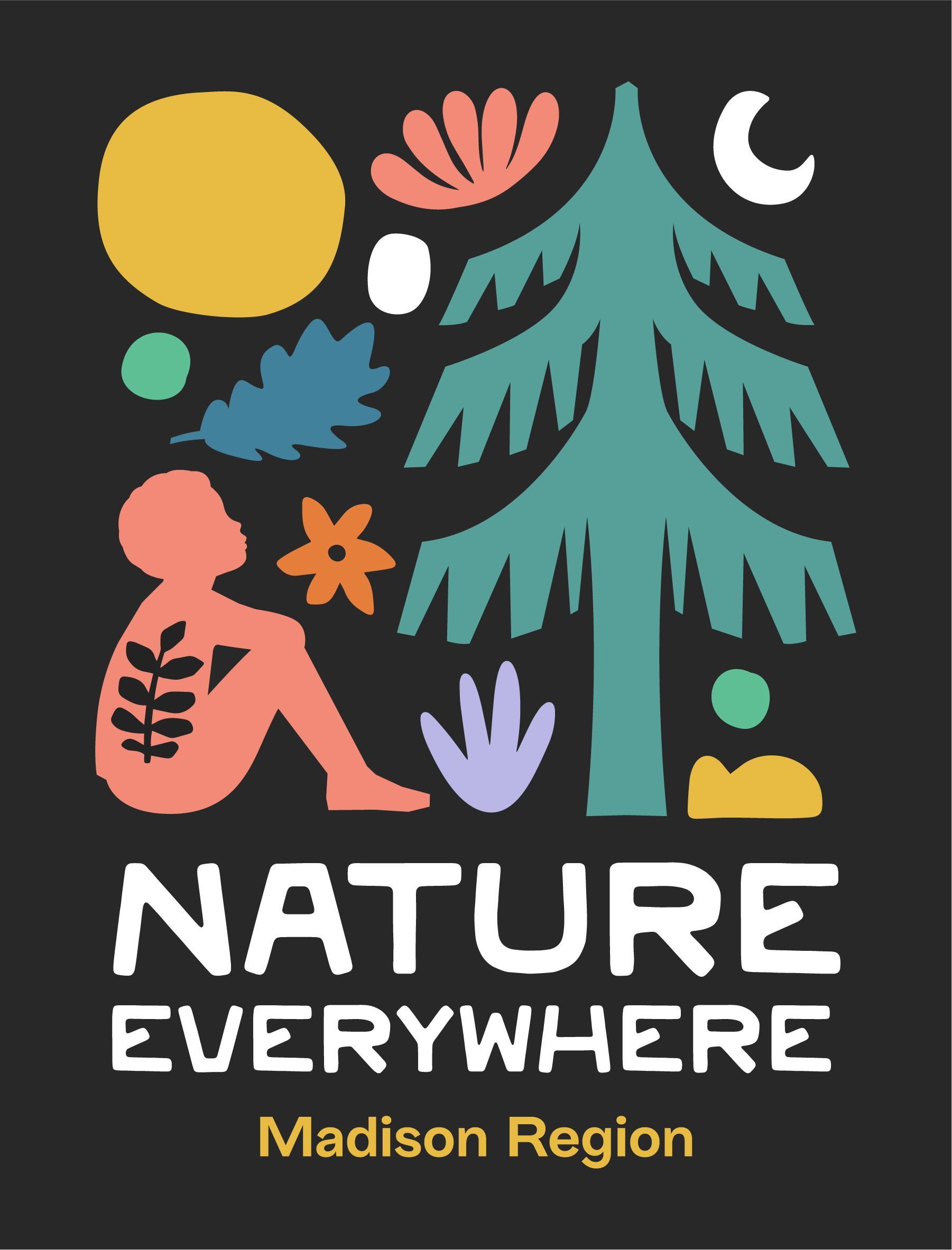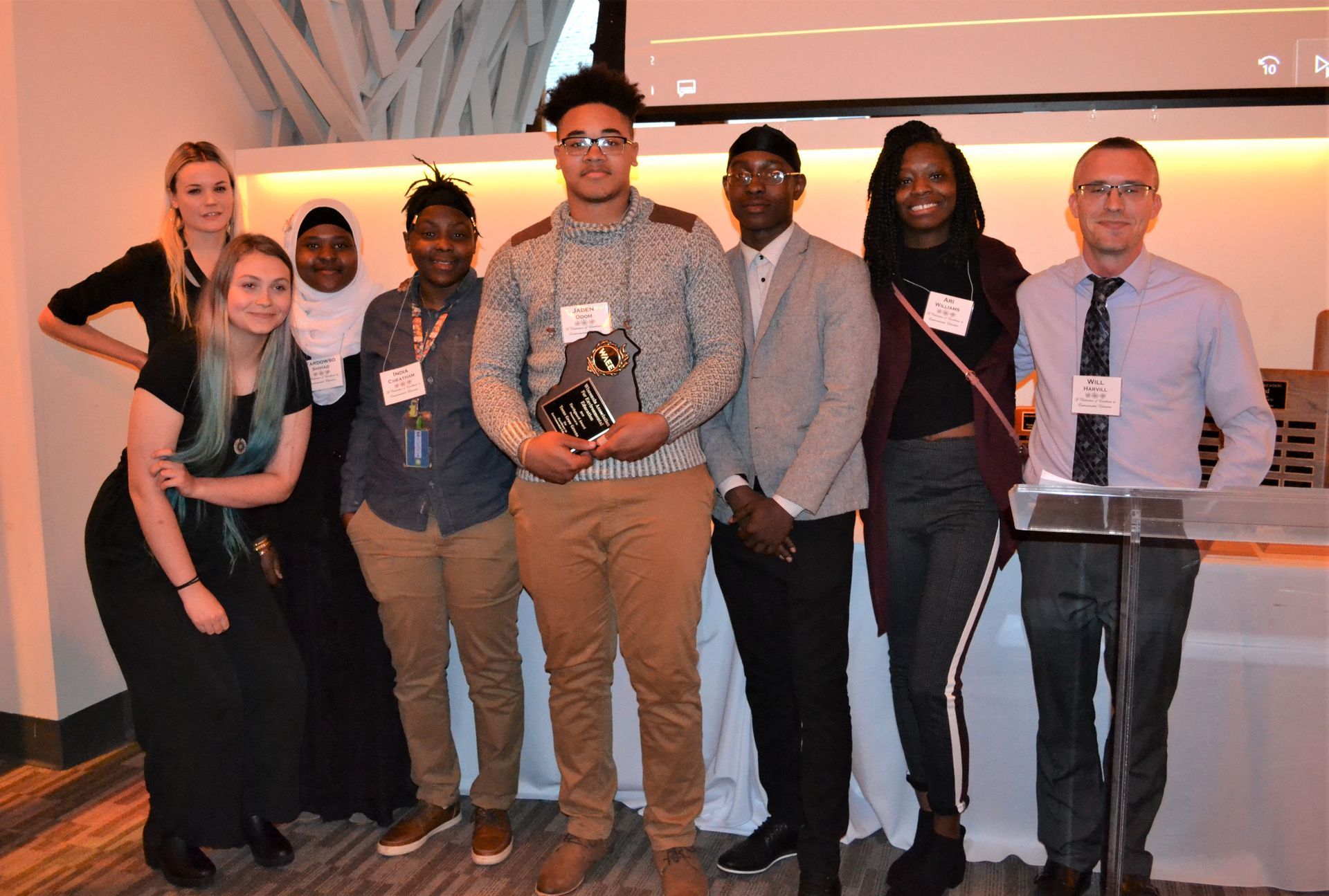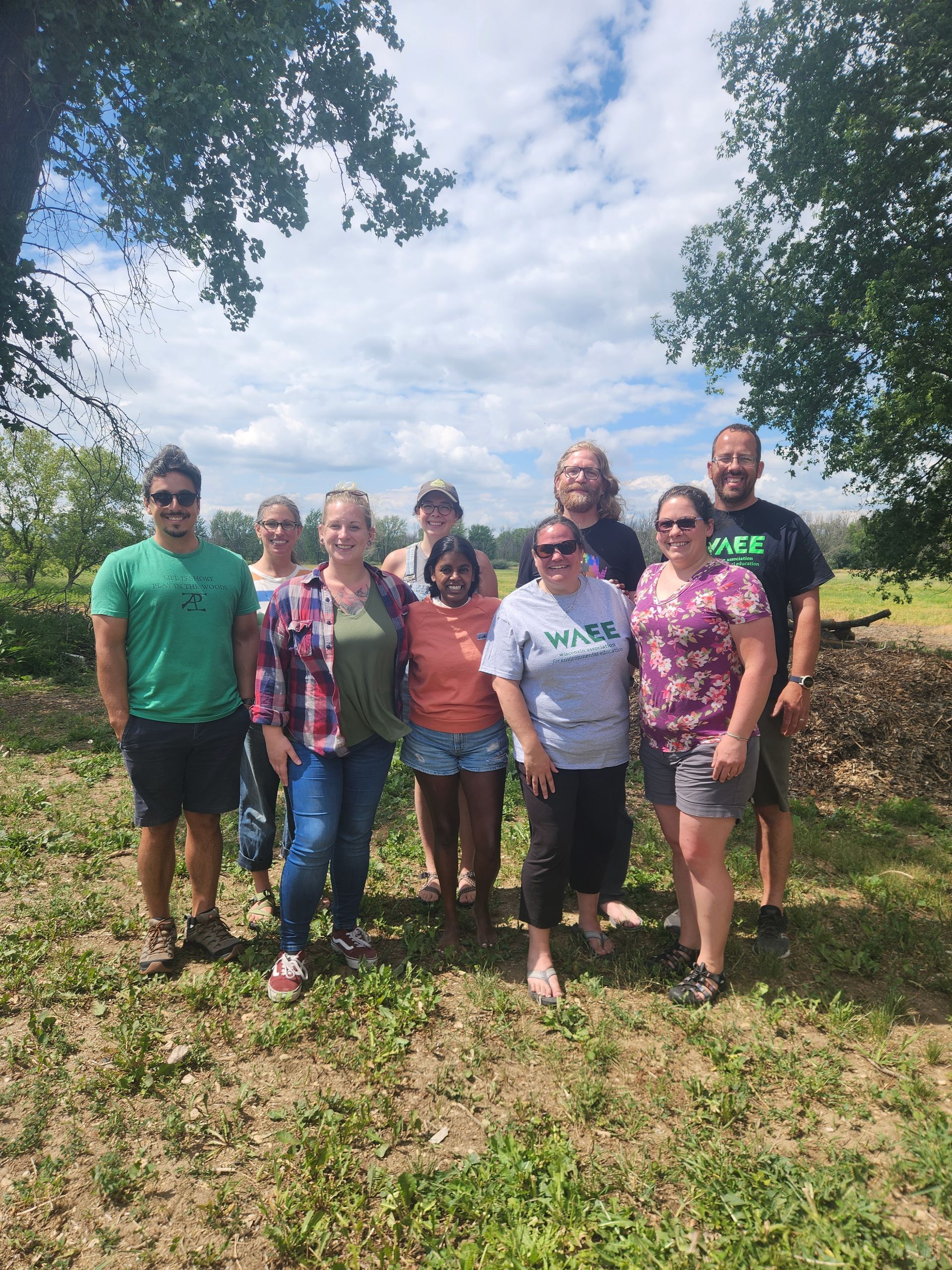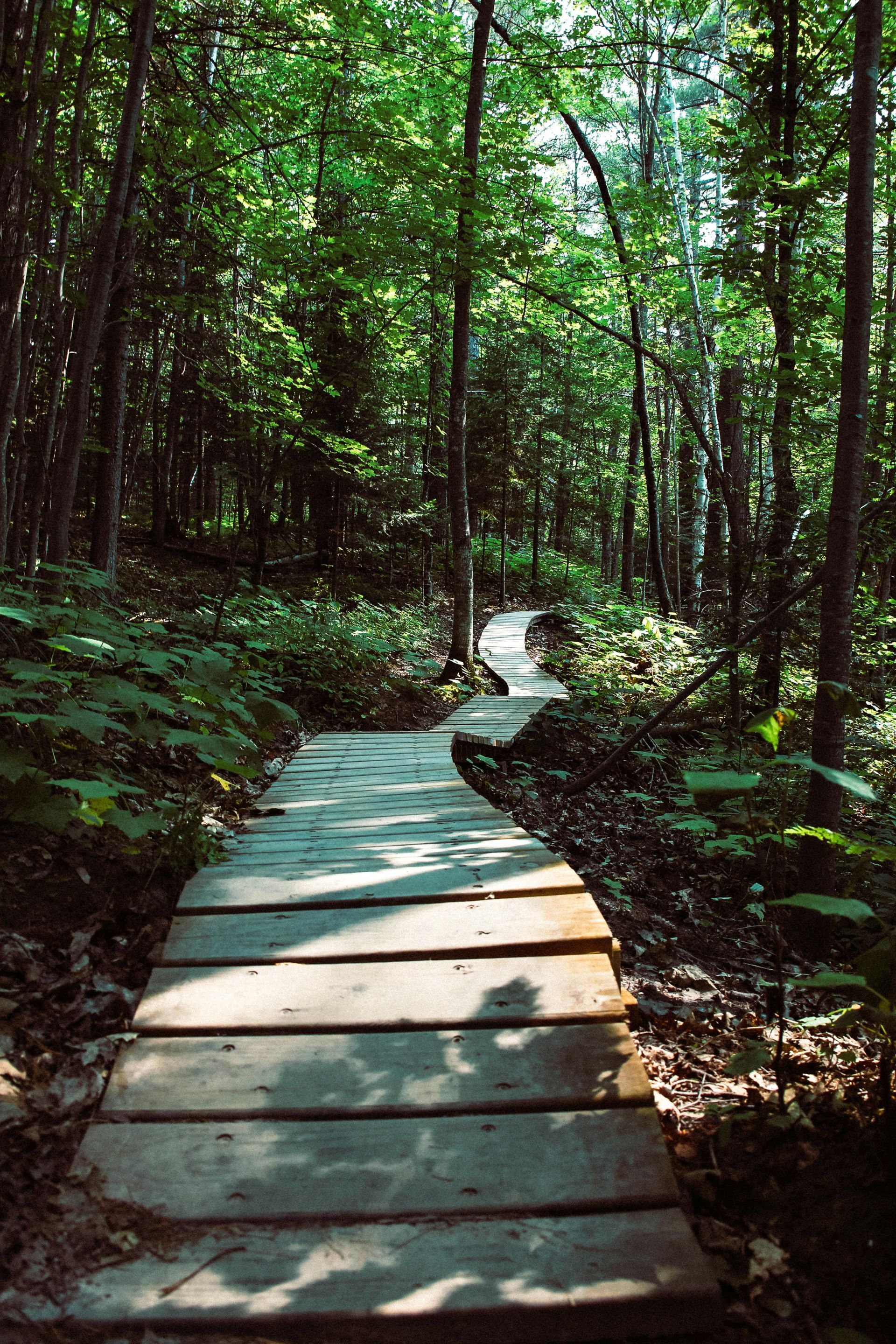Welty Environmental Center Partnerships for Success
Inspiring People of All Ages
Located near the Wisconsin-Illinois border, a few miles outside of Beloit, Welty Environmental Center (Welty) strives to educate children, families, and community members about the natural world surrounding them. The organization was founded in 1999 and was originally located at Beckmann Mill County Park. In 2015, the City of Beloit offered Welty Environmental Center a space previously owned by Badgerland Girl Scouts at the Big Hill Center. The center is part of a city park that spans 190 acres and includes forest, prairie, and river habitat useful for a wide variety of environmental education lessons.
Beloit is a diverse community, with 68% of the school district comprised of students of minority backgrounds. By working towards diversity, equity, and inclusion, Welty Environmental Center is pursuing their mission of providing environmental education to the community, which allows residents to make informed decisions about their natural resources. The nature center offers a variety of programs, both on-site and off-site, for people of all ages. Through partnering with the school district and community organizations, Welty Environmental Center reaches underserved crowds that are unable to visit their location due to transportation and financial constraints.
Brenda Plakans, Executive Director of Welty, believes that being seen as a partner is a success for the organization. Welty Environmental Center has several valuable partners that have led to their success in reaching diverse audiences. The center partners with the School District of Beloit, Head Start, and Even Start to deliver environmental education to underserved individuals. Twice a week, Aaron Wilson, Program Director at Welty Environmental Center “It doesn’t matter who the kids are, or what demographic they belong to, they need to go outside, and they need to have more experiences at a younger age that are positive around environmental education.”
Welty, visits Todd Elementary and Fruzen Intermediate to provide environmental education to students enrolled in afterschool enrichment through the use of educational games and hands-on experiences. Field trips are also held at Welty for students in 2 nd to 5 th grade. Trips focus on topics such as forest ecology, history of fur trading in south central Wisconsin, and geology. The 5 th grade field trips are led by high schoolers taking ecology classes at Beloit Memorial.
Welty also provides environmental education to preschoolers enrolled in Head Start as well as families learning English as their second language who are enrolled in Even Start. During the school year, preschoolers from Head Start and preschoolers and parents from Even Start visit the nature center once a month. When at Welty, participants hike and learn about trees, habitats, natural cycles, survival needs of animals, and many other topics depending on the season. Both programs also include a literacy component, with each lesson involving reading a short book.
The center partners with several other organizations in the Beloit community and surrounding areas in order to reach wider, more diverse audiences. These partners include, Stateline Boys and Girls Club, Nature at the Confluence, Janesville School District and several others. Recently, Welty has partnered with Community Action, a non-profit organization that offers a program to prep teenagers who are primarily African American for decision making, leadership roles, and tertiary education. The program now includes an overnight stay at the center, where teenagers engage in environmental education. Other organizations, such as Alliant Energy and Dupont are valuable to Welty’s success as well, by providing grants for the nature center to continue pursuing its mission.
Professional development events have also proven beneficial for the nature center as it works towards diversity, equity, and inclusion. In fall 2018, Plakans attended Queta Gonzalez’s session about diversity and inclusion at the Wisconsin Association for Environmental Education conference at Upham Woods. Even though Plakans only attended the afternoon session, she found the experience very beneficial. “I loved the way she made us question our own assumptions in ways to approach the conversation in a gentle way,” said Plakans, “...she kept the room warm but still very straight-forward about the mistakes people have made when trying to work with these groups.” Plakans uses a set of rules borrowed from Gonzalez that sets a framework of appropriate vocabulary to use during strategic planning meetings with fellow colleagues. She also offers resources, such as Gonzalez’s website, to colleagues so they can learn more about diversity, equity, and inclusion.
Though Welty has broadened their reach in the Beloit community, several challenges affect the organization’s pursuit towards becoming more inclusive in offering environmental education. Finances and understaffing pose as obstacles for the nature center as it continues its efforts. Many of Welty’s programs are led by Wilson or volunteers, but extra assistance for afterschool programming, field trips, and public programs would be ideal. Finances make it challenging for Welty to offer competitive employee benefits, such as a full-time position, higher pay, and insurance. This leads to difficulty in hiring people from diverse backgrounds.
Welty Environmental Center anticipates expanding their reach in the upcoming years. Wilson hopes to have several Welty volunteers attend training to become a Master Naturalist Trainer so the organization can recruit and train more volunteers to offer quality programs. He also hopes to acquire resources to redecorate the indoor educational area to include more images of diverse faces, to “make [the] space more friendly to someone who isn’t necessarily inclined to visit a nature center.” Wilson explains, “if they could see a face like theirs, I think that would go a long way.”
Welty Environmental Center will continue offering environmental education to the Beloit community, to inspiring people of all ages, especially children, to explore the wonders and understand the importance e of the environment that surrounds them. “It doesn’t matter who the kids are, or what demographic they belong to, they need to go outside, and they need to have more experiences at a younger age that are positive around environmental education,” said Wilson.
Big Hill Center
Big Hill Center is part of a city park that spans 190 acres and includes forest, prairie, and river habitat useful for a wide variety of environmental education lessons.
Partnerships
The center partners with several organizations, such as Head Start, in the Beloit community and surrounding areas in order to reach wider, more diverse audiences.
Environmental Education
Welty Environmental Center offers environmental education to inspire people of all ages, especially children, to explore the wonders and understand the importance of the environment that surrounds them.
Welty Environmental Education Center
Located near the Wisconsin-Illinois border, a few miles outside of Beloit, Welty strives to educate children, families, and community members about the natural world surrounding them.

Special thanks the NAAEE and the ee360 Project for funding and support in developing these case studies. Further thanks to Dr. Kendra Liddicoat at the University of Wisconsin Stevens Point and her students, Shannon Columb and Quentien Tyra, for researching and compiling the above case studies. If you are wondering about how these case studies were chosen and conducted, you can read the summary report here.

